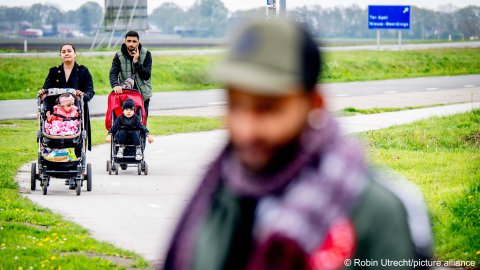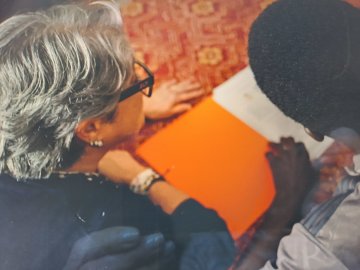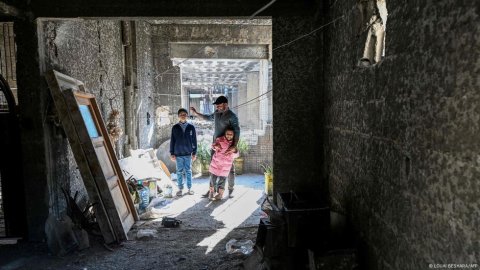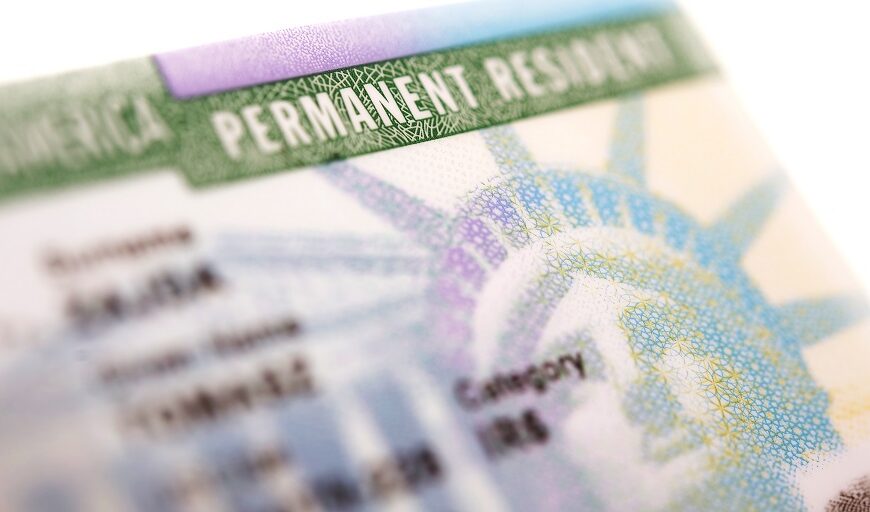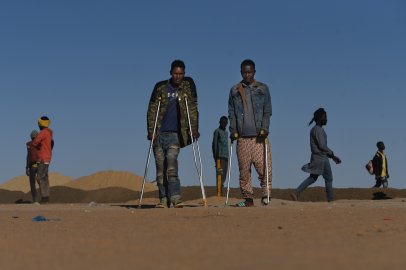Dutch Government Proposes Return Hubs for Children with Rejected Asylum Claims
The Dutch government has recently announced a controversial proposal aimed at addressing the challenges surrounding children with rejected asylum claims. This initiative, which is part of a broader immigration strategy, seeks to create designated return hubs for these vulnerable young individuals. The conversation surrounding this topic is not only complex but also deeply emotional, involving questions of human rights, the welfare of children, and the responsibilities of the state. In this blog post, we will explore the implications of this proposal, its potential impact on families and children, and the broader context of immigration policies in the Netherlands.
Understanding the Proposal
The proposed return hubs are intended to serve as facilities where children with rejected asylum claims can be housed temporarily. The aim is to facilitate their return to their countries of origin. The government argues that this approach will help ensure that these children receive the necessary support and care during the transition process.
Key features of the proposal include:
While the government presents this initiative as a humane solution, it has raised significant concerns among human rights advocates and child welfare organizations.
Concerns Raised by Human Rights Advocates
Critics of the proposal argue that the establishment of return hubs could lead to further stigmatization and trauma for children who are already in precarious situations. The psychological impact of detention-like environments can be profound, particularly for vulnerable children who have fled conflict, persecution, or violence in their home countries.
Major concerns include:
Organizations such as UNICEF and various child advocacy groups have voiced their opposition to the initiative, calling for alternative solutions that prioritize the well-being of children over expedited deportation processes.
The Legal and Ethical Dimensions
The legal framework surrounding the treatment of asylum-seeking children is intricate. International human rights laws emphasize the need to protect children, regardless of their immigration status. The United Nations Convention on the Rights of the Child (UNCRC) stipulates that the best interests of the child should be a primary consideration in all actions concerning children.
The Dutch government must navigate these legal obligations while attempting to implement its immigration policies. The creation of return hubs raises ethical questions about the treatment of children, particularly in relation to their rights and dignity.
Key legal considerations include:
Impact on Families and Communities
The proposed return hubs are likely to have ripple effects on families and communities, particularly those with connections to the asylum system. Families of children with rejected claims may experience increased anxiety and uncertainty about their future. This can lead to social fragmentation and a sense of isolation within immigrant communities.
Potential impacts on families include:
Furthermore, the emotional toll on families who are facing the prospect of having their children sent to return hubs cannot be overstated. It is crucial for policymakers to consider the broader implications of such measures on family cohesion and community stability.
Alternative Approaches to Addressing Asylum Claims
While the proposed return hubs aim to address a pressing issue within the immigration system, many advocates argue that alternative approaches should be explored. These alternatives focus on creating a more humane and supportive environment for children and families seeking asylum.
Some potential alternatives include:
By focusing on support rather than detention, the government could foster an environment where children and families feel safe and empowered to rebuild their lives.
Conclusion
The proposal for return hubs for children with rejected asylum claims in the Netherlands has sparked a heated debate about the balance between immigration control and the protection of vulnerable populations. As the government moves forward with this initiative, it is essential to prioritize the rights and well-being of children, ensuring that their voices are heard in the decision-making process.
Engaging with human rights organizations, child welfare advocates, and affected communities will be crucial in shaping a policy that not only addresses the challenges of immigration but also upholds the dignity and rights of every child. The conversation surrounding this issue is ongoing, and it is imperative that we remain vigilant and compassionate as we navigate the complexities of immigration in our society.
